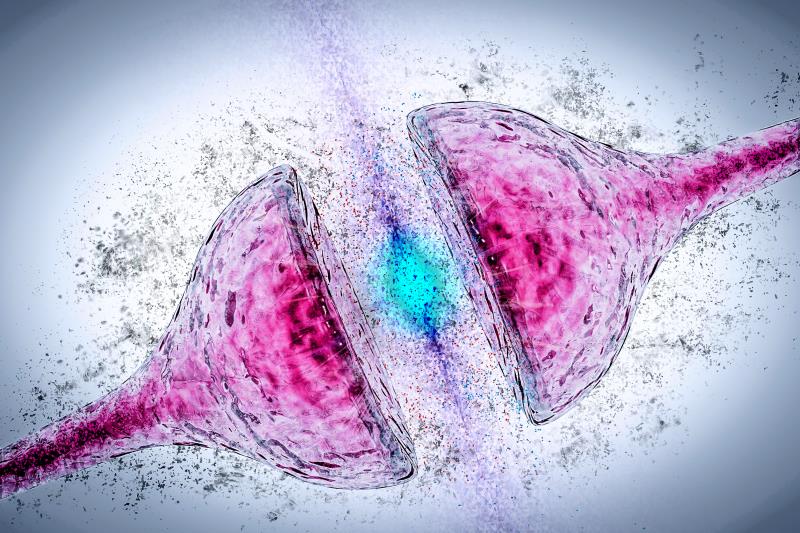Rituximab may benefit patients with early-onset myasthenia gravis





In patients with nonMuSK+* generalized myasthenia gravis (gMG), early initiation of therapy with the B-cell–depleting monoclonal antibody rituximab may improve treatment outcomes compared with conventional immunosuppressant therapy**, a Swedish retrospective analysis has shown.
Immunosuppressants are typically added to first-line corticosteroids given the adverse effects tied to the latter. [Neurology 2016;87:419-425] However, a proportion of patients still respond poorly, noted the researchers. Given the heterogeneity of MG, additional biologics may prove effective. [Nat Rev Neurol 2019;15:113-124] “[However, biologics in gMG are] generally limited to refractory cases; benefit in new-onset disease is unknown,” they said.
“[Our findings show that] rituximab appeared to be more favourable in new-onset gMG [and] to perform better than conventional immunotherapy,” said the researchers. “[The] relatively greater benefit of rituximab earlier in the disease course … suggests consideration for placing rituximab earlier in the treatment algorithm [as] it is now considered a possible third-line option.”
The study included 72 patients (mean age at treatment initiation 60 years, 43 percent women) who initiated rituximab either within 12 months of disease onset or later in the disease course (n=24 and 34, respectively; the remaining 14 were untreated). Twenty-six participants receiving conventional immunosuppressants served as controls. A low-dose rituximab single-infusion protocol was adopted for most patients (ie, 500 mg Q6M), with some receiving only 100 mg. [JAMA Neurol 2020;doi:10.1001/jamaneurol.2020.0851]
After adjusting for age, sex, and disease severity, median time to remission was shorter for new-onset vs refractory disease (7 vs 16 months; hazard ratio [HR], 2.53; p=0.009), and in the rituximab vs the control arm (7 vs 11 months; HR, 2.97; p=0.004).
Post hoc results also showed a greater fraction of patients in clinical remission in the rituximab vs the control arm at 12 months (87 percent vs 58 percent; OR, 14.04; p=0.01) and 24 months (96 percent vs 62 percent; OR, 21.34; p=0.004).
Fewer rescue therapies were also required in the rituximab vs the control arm in the first 2 years (mean, 0.38 vs 1.31 times; p<0.001), with a larger proportion of patients having minimal or no need for additional immunotherapy (70 percent vs 35 percent; p=0.02).
Treatment discontinuation rates due to adverse events were lower in the rituximab vs the control arm (3 percent vs 46 percent; p<0.001), indicating the former’s better tolerability profile than the latter. Only eight rituximab recipients experienced mild and transient infusion-related symptoms (eg, malaise, flushing, and fever).
Previous evidence – including studies on multiple sclerosis – have shown beneficial outcomes with a higher rituximab dose (ie, 600–1,000 mg); however, the current study appeared to favour a lower dose. [Muscle Nerve 2020;61:311-315; Neurology 2016;87:2074-2081] “Even if extrapolation of data across diseases is not straightforward, it is possible that lower doses and avoiding exposure to combinations of immunosuppressants are associated with improved safety,” said the researchers.
The nonrandomized design, imbalances in certain baseline characteristics, and the collection of data from routine practice instead of a formal study setting may have limited the findings. Nonetheless, using a registry with high coverage and a defined population-based patient uptake area may have increased the external validity of the results (ie, possibility to extrapolate findings), they noted.
A randomized trial evaluating the clinical efficacy of rituximab in this setting is underway, they added.